Valuable Coins in Your House Might be Worth Thousands

It’s possible that your spare change might actually be considered some seriously valuable coins. As you’re aware, most coins are only worth their dollar, half dollar, quarter, dime, nickel, penny values. But, assuming you have one of these listed valuable coins in your pocket, you might be sitting on $100 or somewhere north of $400,000. But that’s up to you to find out. In some instances, a simple mistake on a coin could be worth $35,000! Go ahead… reach into your pocket, grab that change, take a deep breath, and hope for the best.
1965-1970 Half Dollars - $2
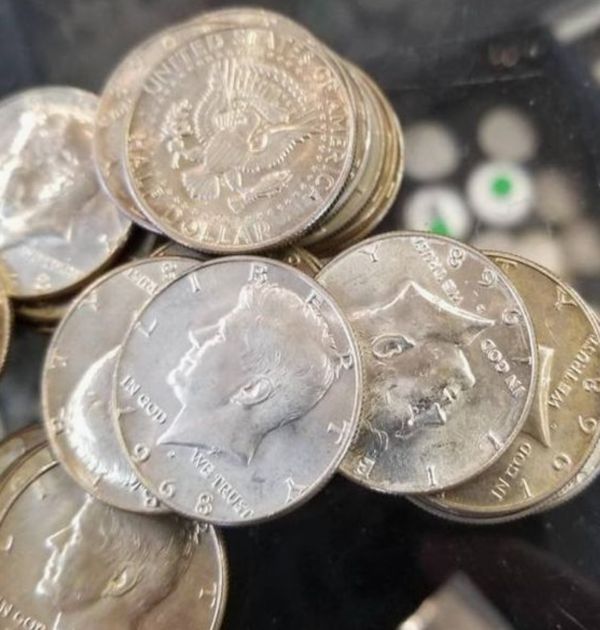
These 40% silver half dollars are worth more than their cent value but not in the way you might suspect. These coins, which not necessarily rare, still contain silver. For this reason, the value of the metal is actually worth more in melt value than actual currency. Expect to earn 4X the value of the $.50 coin in melt value.
The Connecticut Regular Strike 1999 Quarter - $25
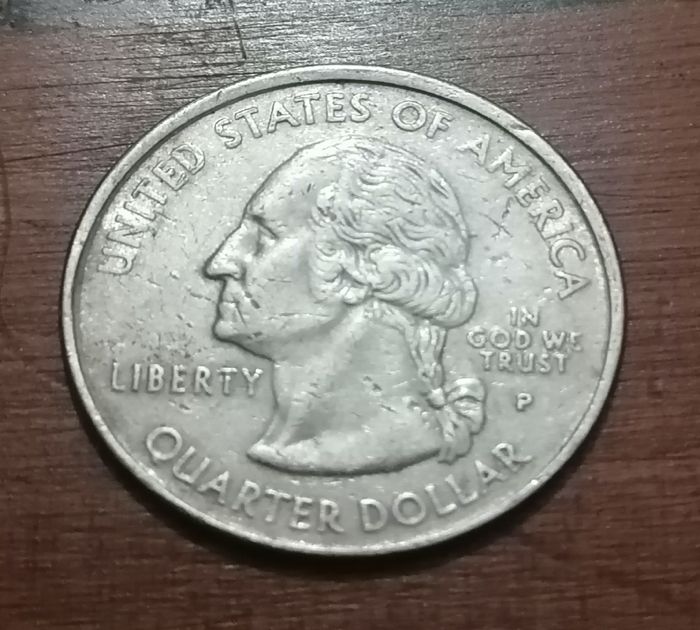
This 1999 stamping 'error' make Mr. Washington stand out – an unintended border around his head – makes his appearance pop. These were stamped incorrectly. Some may go for around $25, others that were more heavily imprinted may go for several thousand.
The 'Double Die Liberty' 1995 Penny - $50
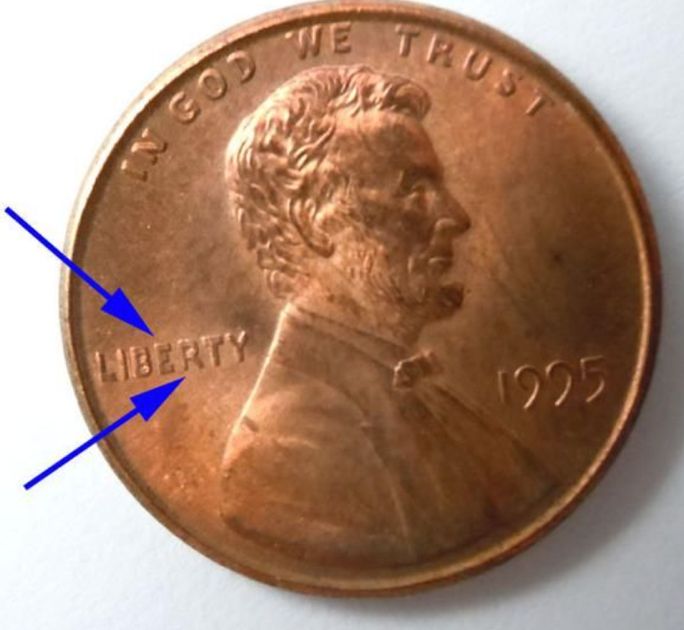
Many coins on this list have flawed minting practices to thank for their inflated values. This 'error coin' in particular was the double print of the word 'Liberty.' Pay especially close attention to the 'B' or 'R.' Notice how it looks like there’s a double-lapping or double vision-occurrence look going on here? This flawed penny is worth north of $50 in its uncirculated condition.
The 'In God We Rust' P 2005 Kansas Quarter - $100
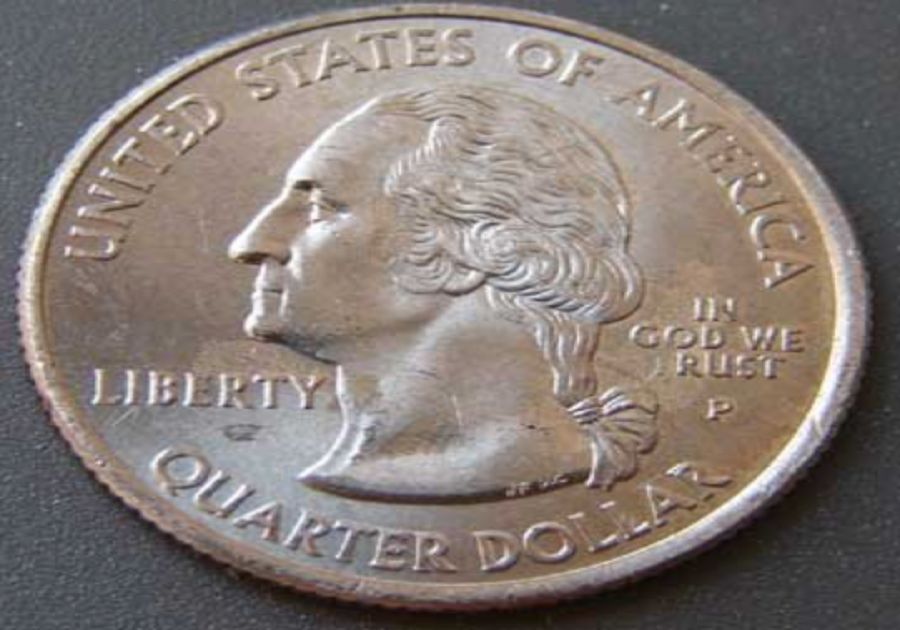
Out of all errors possible, this must be the most humorous. Rather than the famous 'In God We Trust,' this quarter reads, 'In God We Rust.' This error came to be from excess grease build-up in the printing machines at the mint. This fun quarter is worth $100 or so if it still resides in 'mint' condition.
The 'Extra Low Leaf' 2004 Wisconsin Quarter - $140
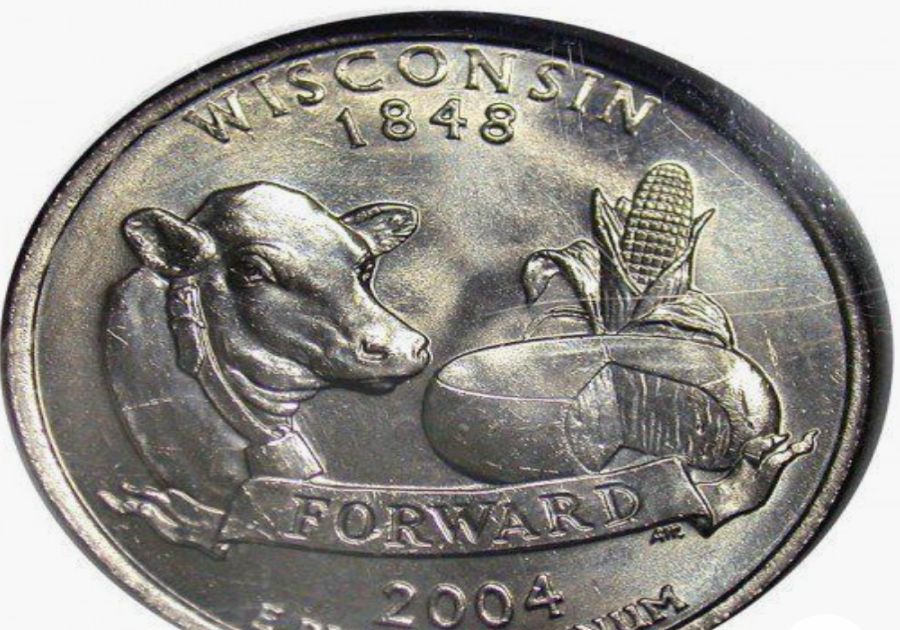
Simply due to an extra lower leaf attached to the corn stalk on the 2004 Wisconsin quarter, this 25 cent piece can now fetch near $140. It’s believed that there are 5,500 of these coins in circulation. How these mint design errors occur, no one truly knows.
The 'Extra High Lead' 2004 Wisconsin Quarter - $168

Just like the extra lower leaf, a version of 2004 Wisconsin quarter exists in which that extra leaf now stands taller on the stalk. Look high and low, but especially high, as these higher leaf quarters are considered more rare, thus valued higher. Expect $168 or so if you find the high leaf!
The 'Double Ear' 1977 Penny - $450
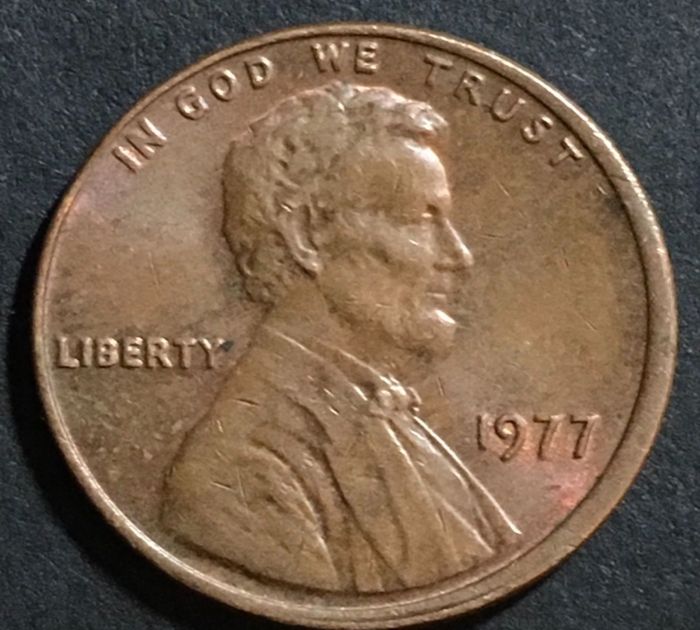
Short and sweet, Abraham Lincoln is given a double earlobe on this 'monstrosity.' This is not the fault of a double stamp, simply, an unintended production fluke. It may be hard to notice, but these guys are worth a cool $450.
The 'Wide AM' 1999 Penny - $530
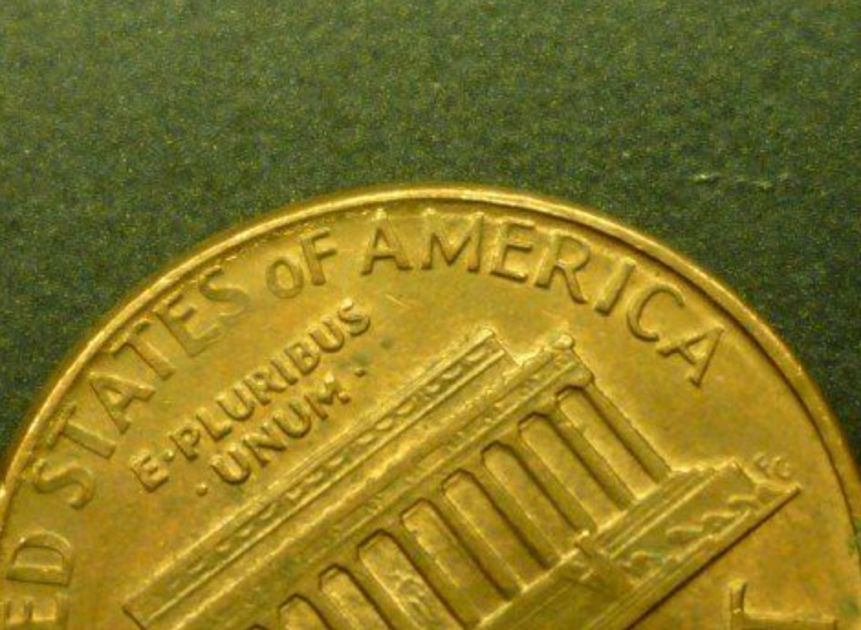
It’s crazy how such a small error can bring you so much prosperity. In this case, the 'A' and 'M' on this penny are appear to be distanced far apart (all things considered). A normal penny would have these two letters essentially touching. In pre-circulated condition, this Wide AM penny can fetch near $530.
The 'Godless' 2007 Presidential Dollar - $1,000
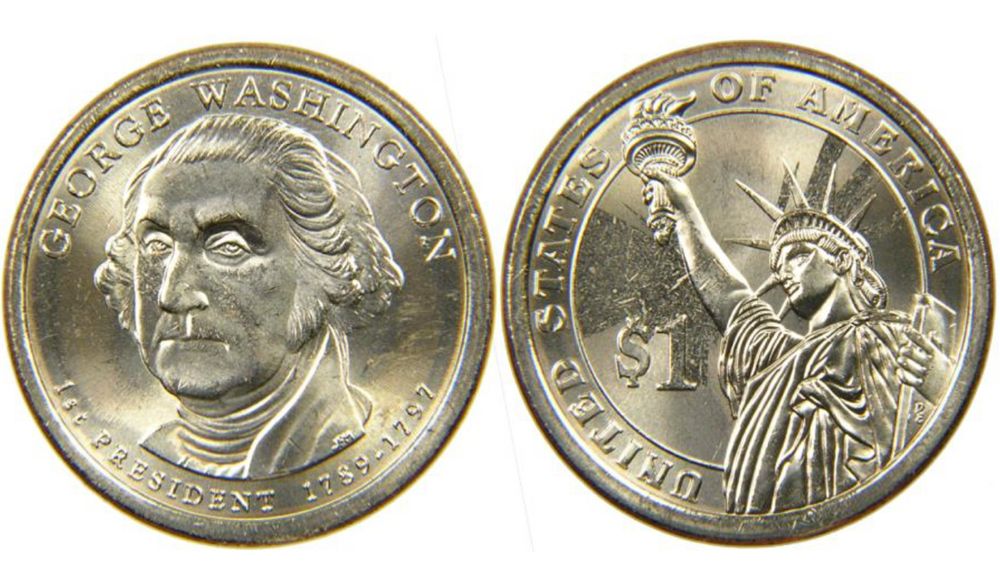
In 2010, one of the 'Godless' Presidential Dollars sold on eBay for just north of $1,000. Others, sadly, only range from $30 to $125. That being said, this new series of Presidential Dollar clearly omitted the 'In God We Trust' line from the Dollar. The fallout error was highly publicized.
The 'Speared Buffalo' 2005 Nickel - $1,265
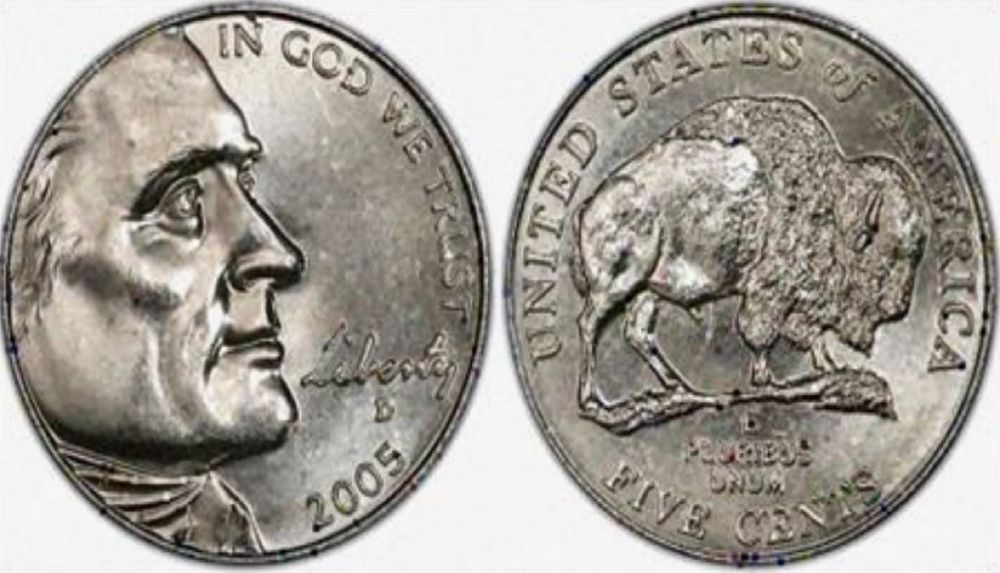
In 2010, one of these improperly minted nickels sold at auction for $1,265. The buffalo design was brought back into production in 2005 but gouges on the back of buffalo were minted errors as opposed to intended designs.
The 'No Mark' 1982 Dime - $1,300
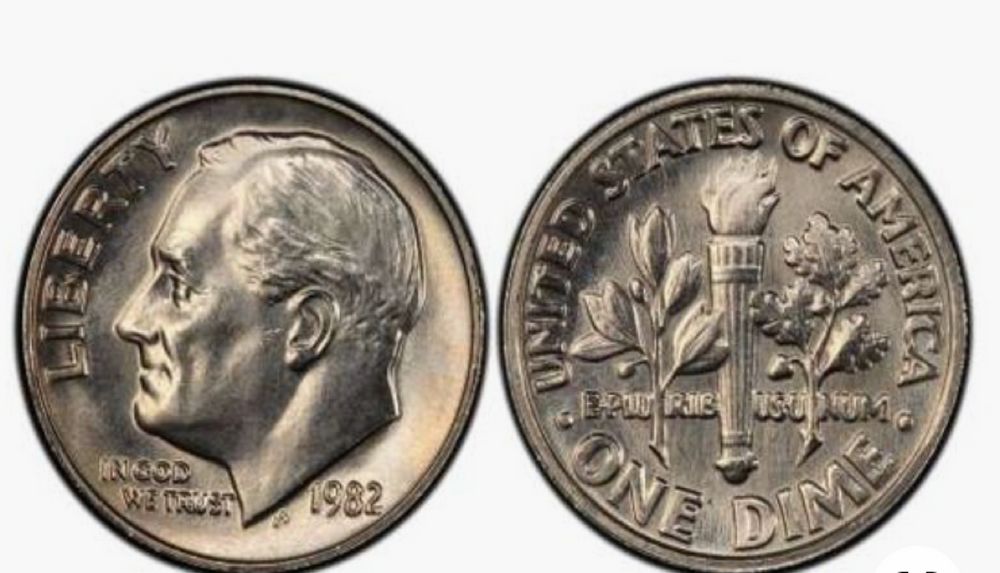
For the first time in U.S. minting history, a coin with no mint mark was released into circulation. Oddly enough, a large cache of these specific dimes were at the famed Ohio amusement park – Cedar Point! Keep an eye out for these coins as some have sold for north of $1,300.
The Kennedy 1964 Silver Half Dollar - $1,500
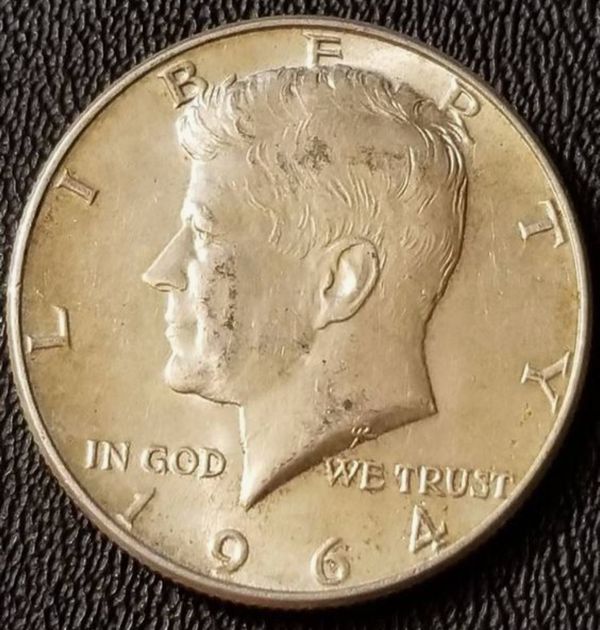
These Kennedy Half Dollars are worth anywhere from $500 to $1500 in uncirculated condition. See, 1964 was the last year half dollars were minted from 90%+ silver. Those minted between 1965 and 1970 contained less than half of this, minted with 40% silver. After that, the dollars did not contain silver.
The Double Die 1972 Penny - $1,600

Much like the 1969 double die penny, the 1972 penny – head side – was printed twice. The 'LIBERTY' and '1972' marks are most obvious regarding this error. One in near mint condition is worth over $1,600.
The Alaska Rural Rehabilitation 1935 Token - $1,750
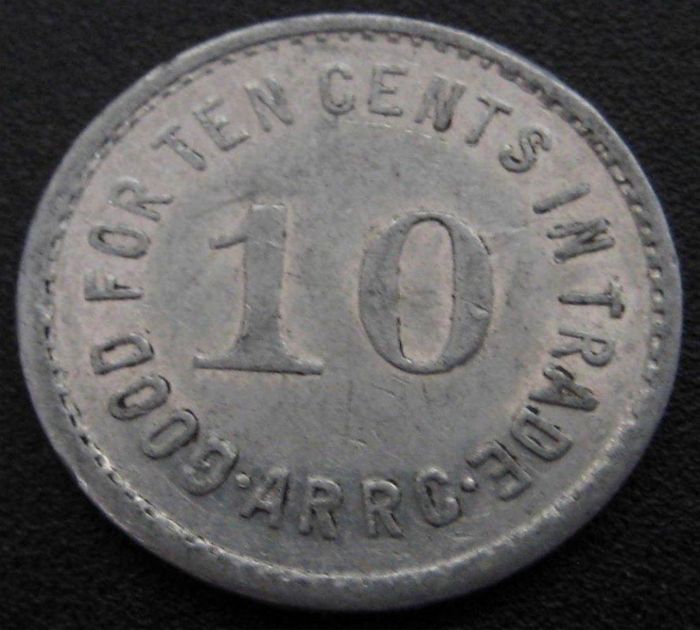
Alaskan families that were relocated by the Federal Emergency Relocation Administration were given $10 'scrip' coins to be used as tender in government stores. Once the need for the coins has died out, the majority of them were melted down. If you’re lucky enough to find one, your .10 coin would be worth $1,750.
The Sacagawea 'Cheerios' 2000 Dollar - $2,677
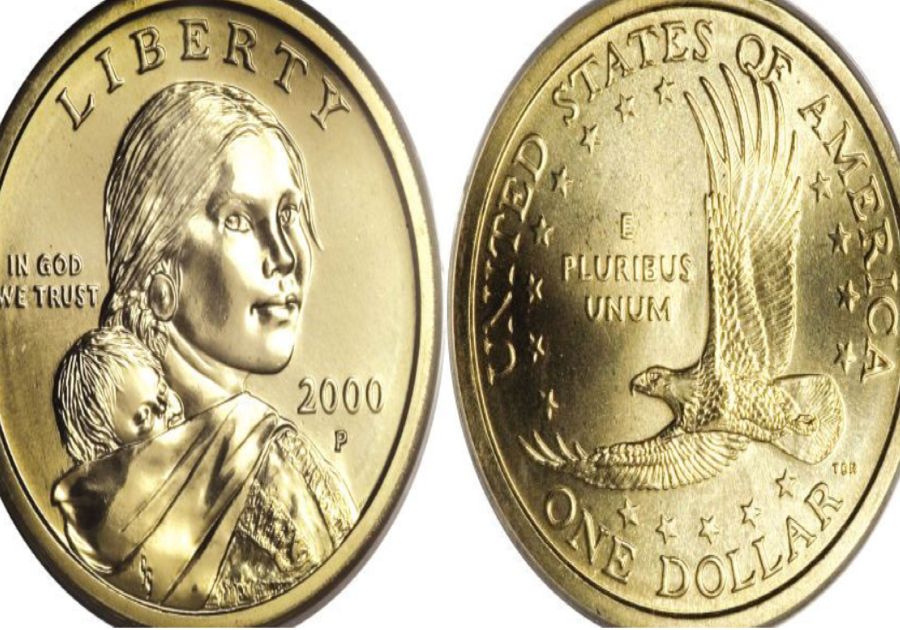
One year before the turn of the century, General Mills placed Sacagawea dollars in boxes of their cereal for a contest. Problem was, their design was not ready in time for their own competition, so the U.S. Mint provided a slightly altered version of the existing design. Only four of these coins have been found. If you ever come across one – consider this $1 coin to be worth an additional $2,677.
The Wheat 'No Mark' Error 1937 Penny - $7,200

If you believe wheat pennies are special, you might be out of luck. However, if you find one from 1937, without the minuscule 'd' marking minted in Philadelphia, you might have something on your hands… or in your pocket. The last one in mint condition sold for $7,200 in 2019.
The 2000 Sacagawea 'Dollar with Errors' - $7,600
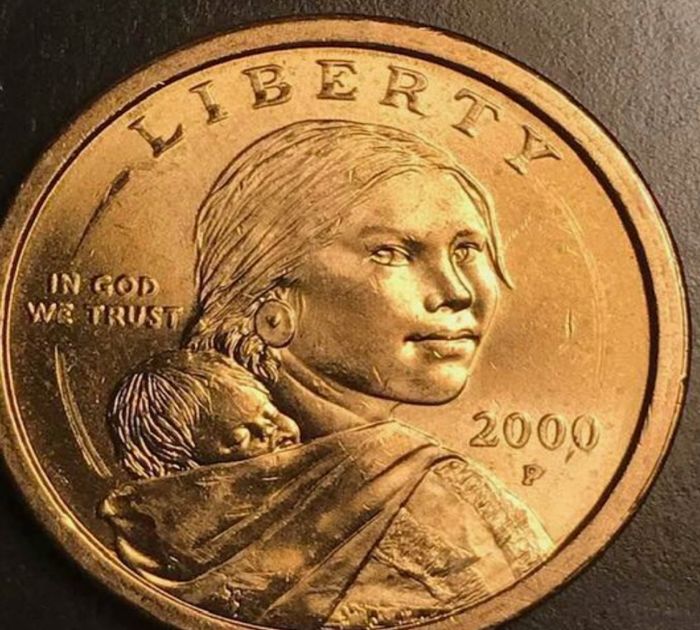
During the first minting of the 2000 Sacagawea dollar, some coins were minted on a mix of copper-nickel rather than the intended bronze. Due to this 'transitional' error, these golden coins did not up being golden. In 2013, Heritage Auctions sold one of these misprints for over $7,600.
The Hawaiian Plantation Token - $11,000

Like few others on this list, the Hawaiian Plantation Token wasn’t official currency, per se. Although some were minted by the U.S. Mint, these coins were used as money on Hawaiian sugar plantations. So, while these could not be used virtually anywhere other than the plantations for which they were minted, they are still quite valuable. One sold in 2014 for over $11,000.
The Double Die, Small Date 1970 Penny - $37,000
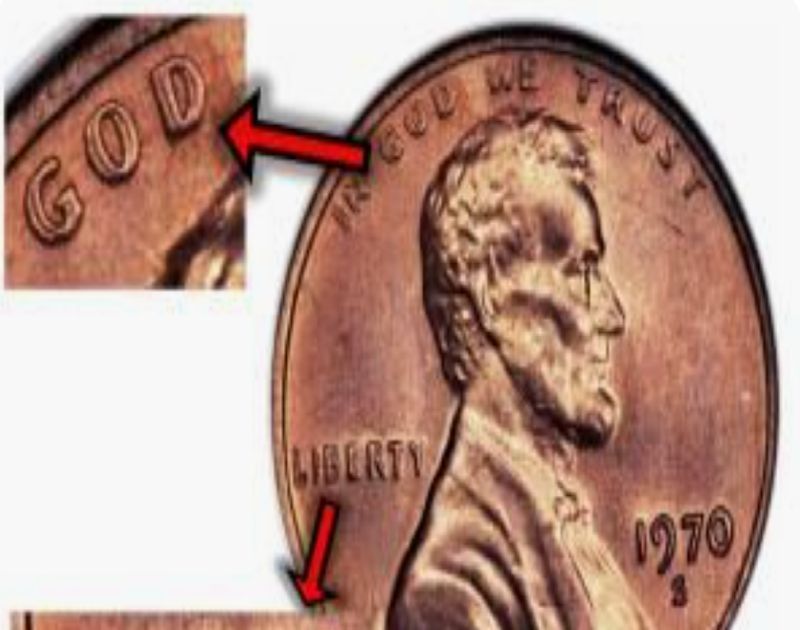
All of these double head printed pennies with a smaller-sized date font have come out of the San Francisco mint, evident by the double stamped 'S' signature. Only eight examples have ever been noticed. One in pristine, uncirculated condition can be worth $37,000.
The US Philippines 1906 Peso - $40,000
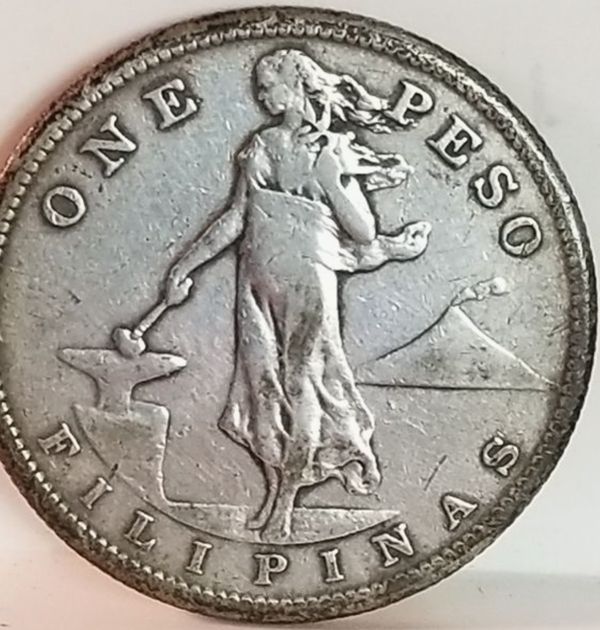
Fun history lesson- From 1901 until 1935, the U.S. occupied the Philippines. There, the U.S. Mint guided the Philippines Mint to print several coins. Just one of them was the 1906 Peso. While many were lost or melted down, the coin itself was made of pure silver. Thousands upon thousands exists today but are counterfeits or false copies. A real coin, in mint condition, sold for $40,000 in 2019.
The Double Die 1969 Penny - $45,000
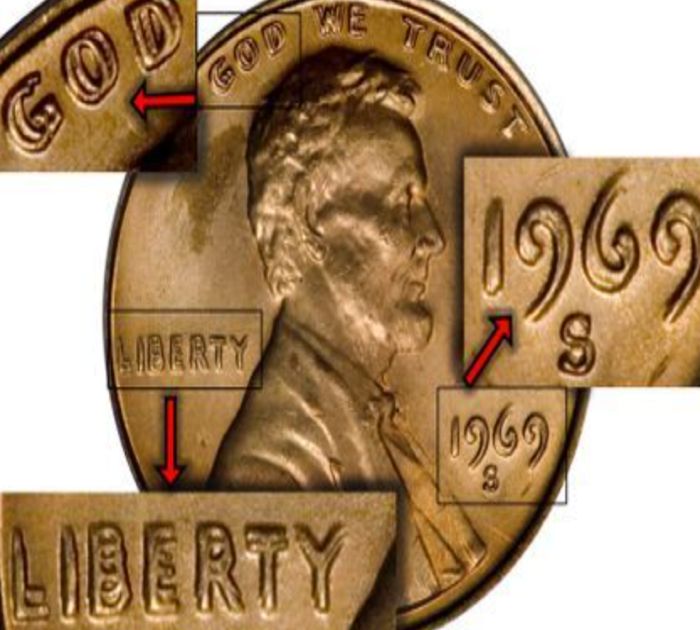
The crème de la crème of extremely valuable US coins comes to you in the form of a double-stamped 'head' penny. This coin was so unusual that the Secret Service believed it to be counterfeit. One in mint condition can fetch over $45,000. That’s just insane.
The Gold 1851 Mormon Coins - $50,000
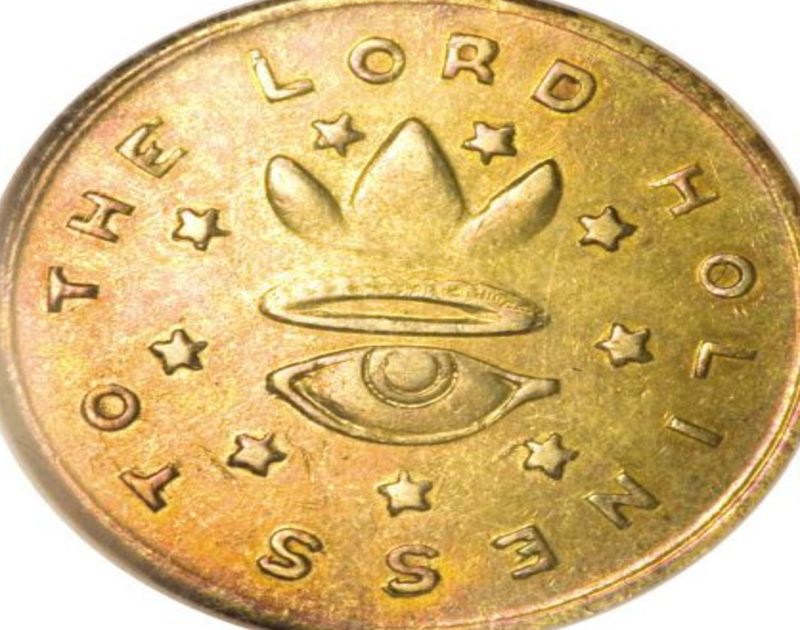
During the 1840s gold rush, the Latter-day Saints established these $5 coins from gold that was brought back from Sutter’s Mill in California. These days, this $5 coin is now worth near $50,000.
The Aluminum 1974 Penny - $250,000
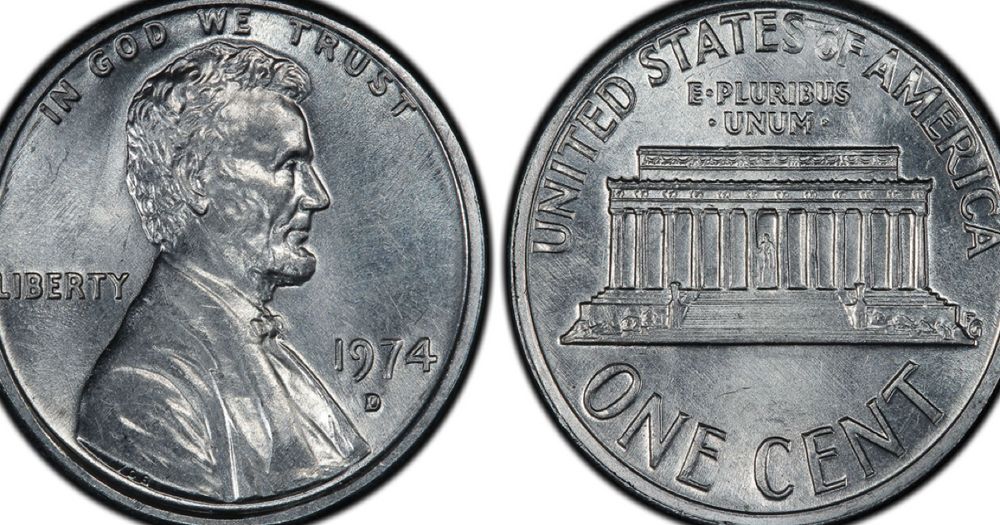
At a time when the price of copper was high, the U.S. Mint toyed with the idea of producing aluminum stamped pennies. About 1.5 million were produced. Eventually, the idea was scrapped and near 99.9% of them were melted but some collectors do have this priceless penny. None have been sold, as only two have been known to exist (the Smithsonian Museum having one), collectors have estimated that one could fetch near a quarter million dollars.
The 'No S' 1975 Dime - $500,000
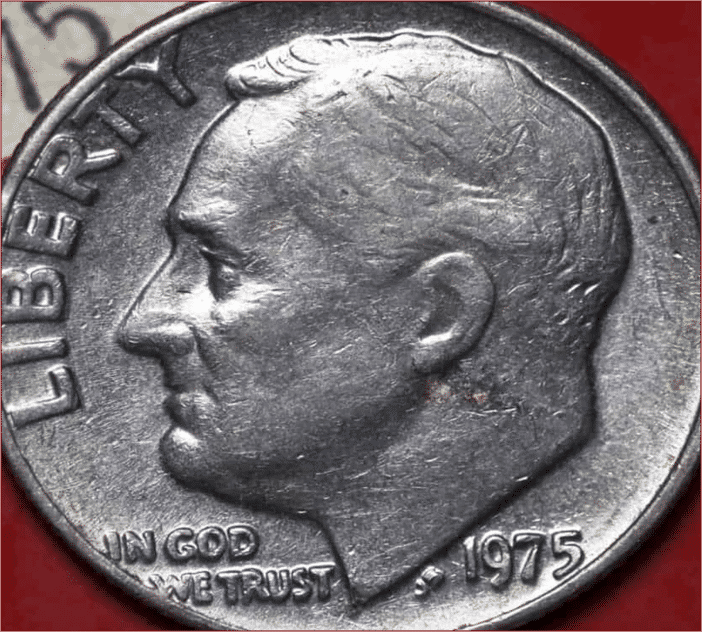
These 1975 dimes were printed for proof sets – coins meant for collectors. Interestingly, these dimes were not printed with the 'S' proof at the San Francisco Mint. Considering these coins are destined for collectors from the start, the fact that these had errors makes them beyond value. If one can be found, it can fetch near a half-million dollars.
Morgan Silver Dollar - $425,000
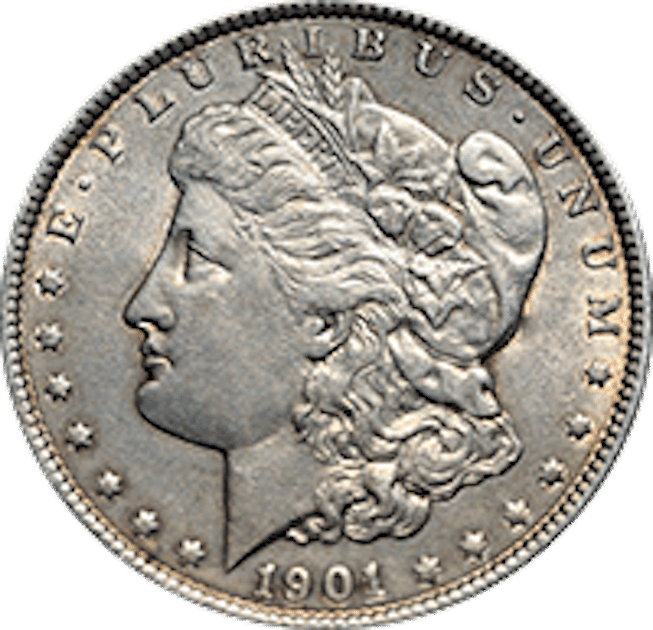
There were only 813 Morgan Silver Dollars minted in Philadelphia in 1901, making the realest coin ever pressed in that mint. Like all others on our list, the value of the 1901 Morgan varies GREATLY depending on their condition. However, a coin close to 1901 condition can bring in over $400,000.
Walking Liberty Half Dollar - $190,000
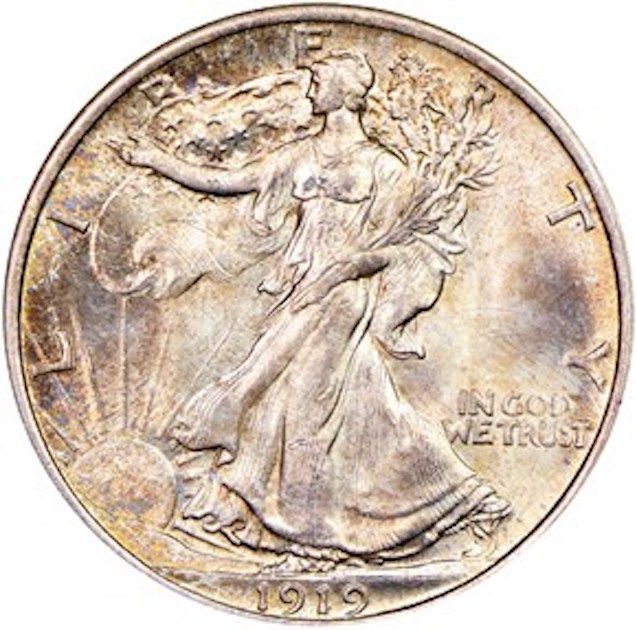
The Walking Liberty Half Dollar was minted right at the end of World War I – hence its patriotic design – in comparatively low numbers. In turn, the coin became hard to find in circulation and rare in collector circles. a prime condition Walking Liberty could fetch near $200,000.
Copper Wheat Penny - $200,000
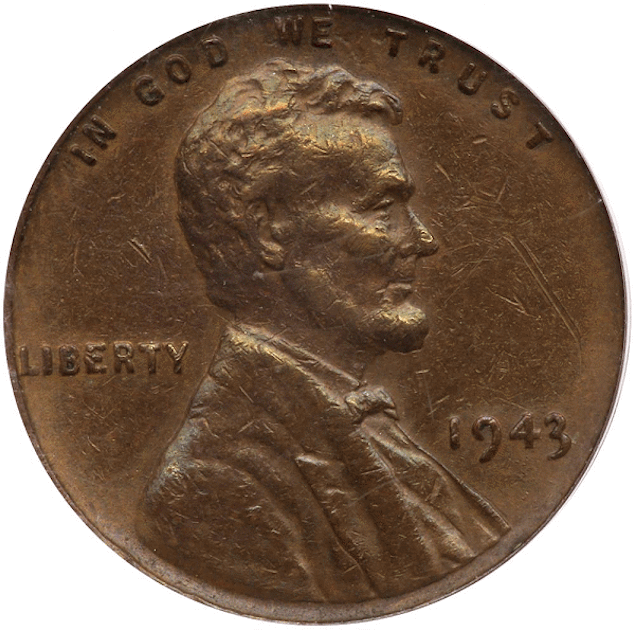
The 1943 Copper Wheat penny is one of the rarest in American history… likely thanks to a mistake. You see, in the middle of WW2 all pennies were supposed to be made of steel (known as war pennies) instead of copper, which was needed for the war effort. However, a small group of 1943 pennies were made of copper, likely due to an error where 1942 copper plates were mixed in with the steel ones. A 1943 copper penny, of which there are thought to be only 40 in existence, can score anywhere from $100,000 to $200,000.
1894-S Barber Dime - $2 Million
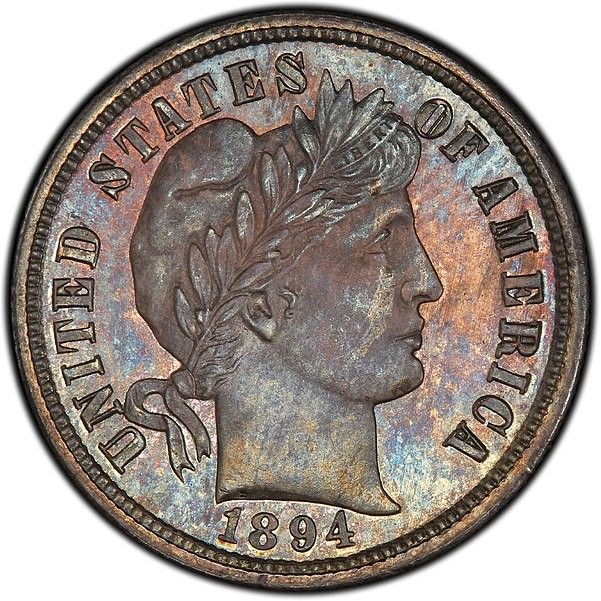
The 1894-S Barber dime is one of the rarest coins in existence today, and one of the most sought-after by coin collectors. Only 24 were minted, and out of those 24, supposedly only nine still exist in the entire world today. This means that the chance of finding one of these bad boys is lower than winning the lottery. In 2007, a collector bought one for close to $2 million!
Sacagawea Double Denomination Mule Error - $117,500
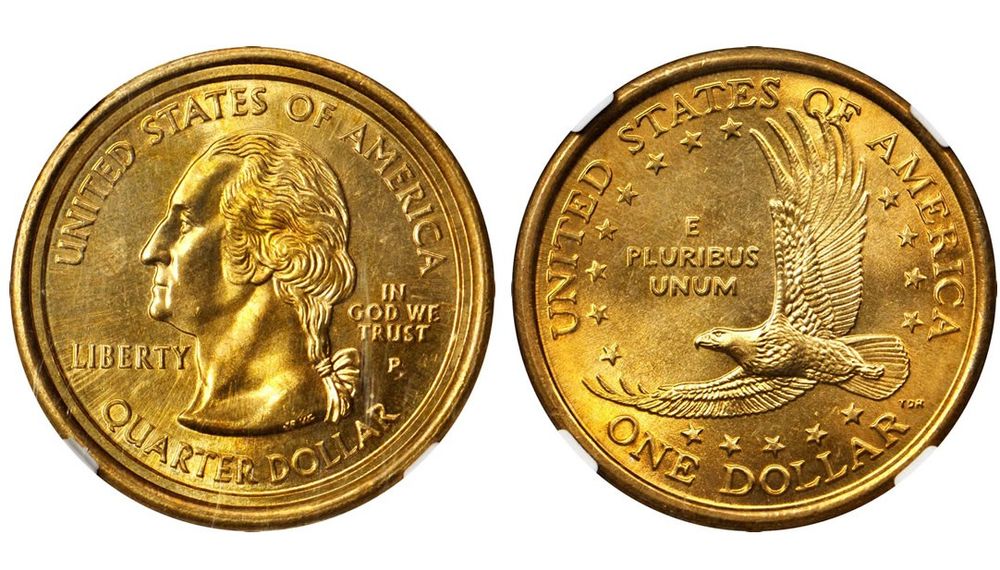
This 2000 Sacagawea dollar contains one of the grandest blunders in all of US minting history. The reverse of the coin is worn and has the classic eagle design of the Sacagawea dollar, but the obverse looks brand new and has the standard quarter design with George Washington’s face on it. There are currently 16 of these coins known today, one of which sold at an auction for $117,500.
Certain Uncirculated State Quarters - $30 per Roll
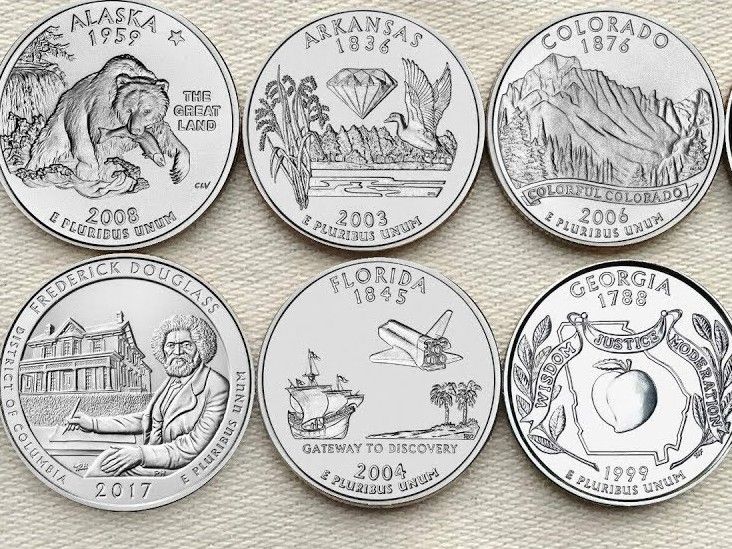
Remember back when people used to collect state quarters? Well, as it turns out an uncirculated roll of those might be worth something nowadays. You’ll have to check in to see which states are most in-demand at the time that you’re reading this, but putting together a roll of them might earn you about $30.
The 1804 Bowed Liberty Dollar - $3 Million or More
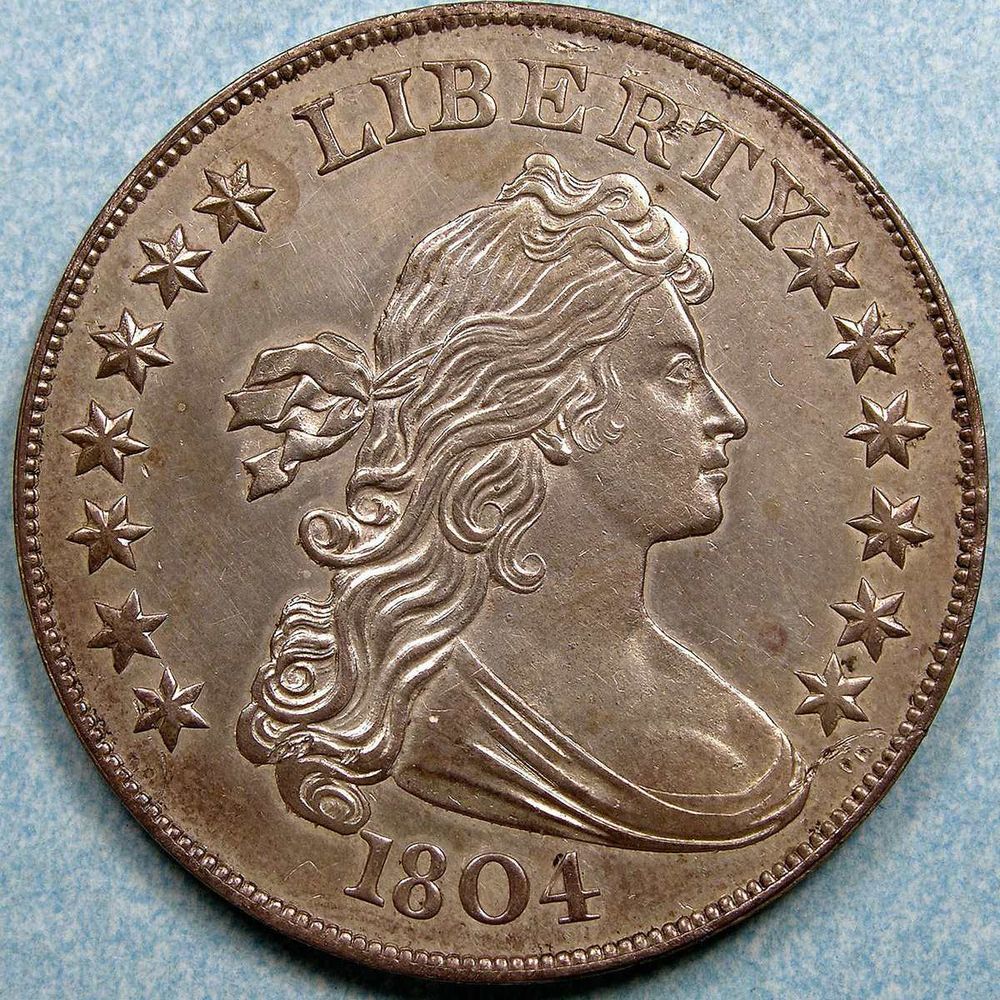
The Bowed Liberty Dollar is another incredibly rare coin potentially worth millions. There are supposedly only 15 of these coins left on earth today, and although the date stamp on them reads '1804,' none of them were minted earlier than the 1830s. In 1999, one of these coins sold for an astonishing $4.14 million. As you can imagine, their high value has made them subject to frequent counterfeit attempts.
2009 Lincoln Presidency Penny - $10
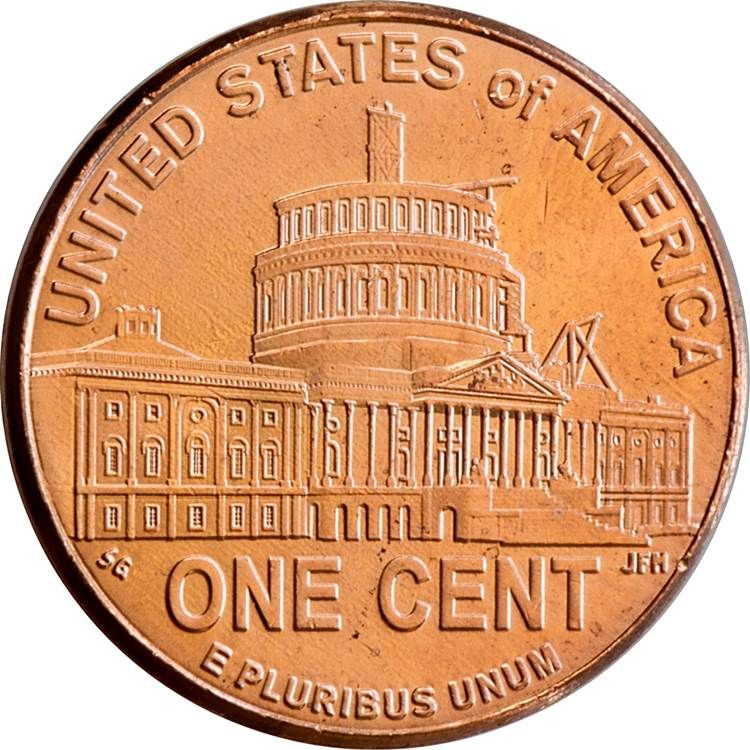
In 2009, four reverse designs of the Lincoln penny were circulated, the last of which shows the Capitol Dome being constructed at the time that Lincoln was president. It also has the smallest mintage of all the designs, at just under 130 million being made in Philadelphia, and 198 million in Denver (which carries a 'D' mark). You can sell one of these pennies in good condition for a bit less than $10.
Liberty Head Nickel - $4.5 Million
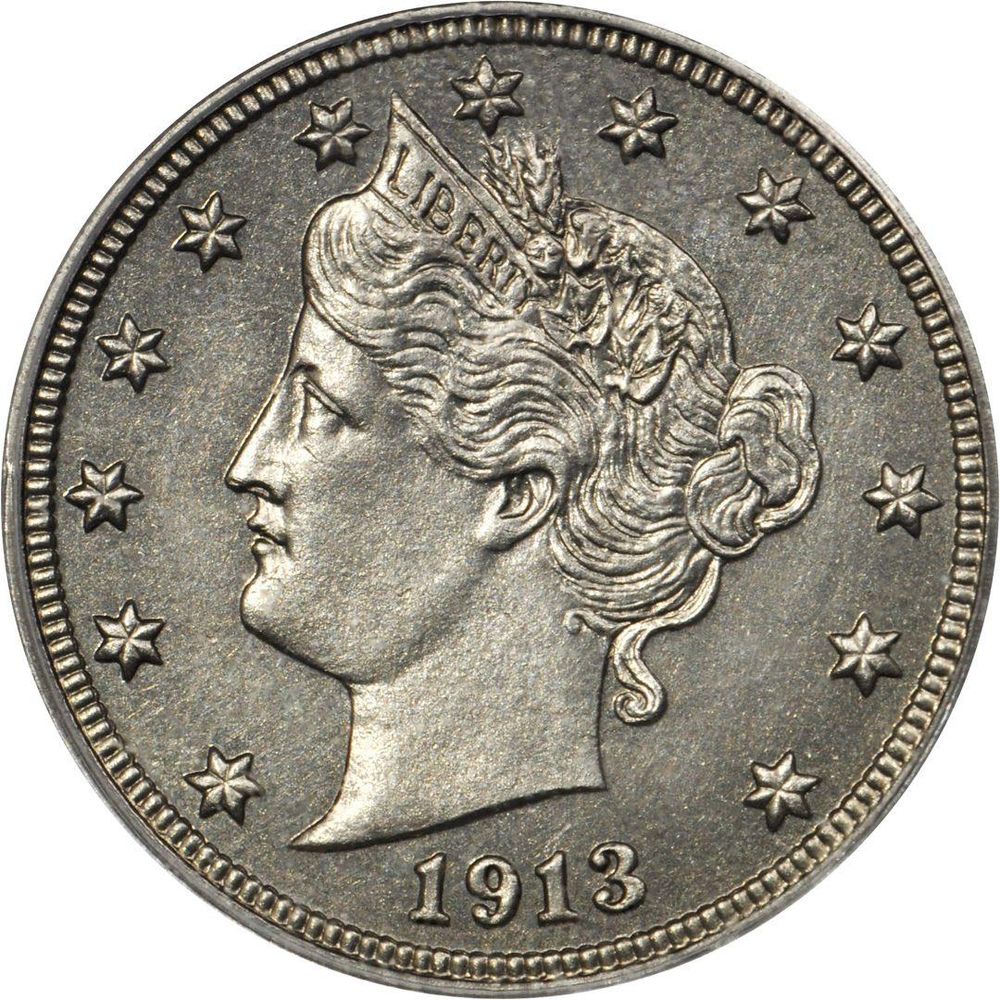
The Liberty Head nickel was struck for circulation between 1883 and 1912. Interestingly, although none of these coins were officially struck after that, the five currently in existence are from 1913, and no one is quite sure of their origin. One of these coins was sold in 2018 for $4.5 million. The coin pictured here belonged to Louis E. Eliasberg, a famous coin collector who put together the first and only complete collection of American coins. This particular coin is widely regarded as the best-preserved of all of the existing five, and could potentially be worth $5 million.
2008-W U.S. Reverse of 2007 Silver Eagle Dollar - $474

The US Mint decided to slightly alter the reverse design of the 2008 Silver Eagle Dollar. Only, some of the coins were accidentally struck with the previous design, and the mistake was not caught until 45,000 or so were produced. A defining characteristic of this coin is the missing serif on the letter U (pictured). Usacoinbook.com values this coin, uncirculated, at $474 a pop.
Wounded Eagle Sacagawea Dollar - $275-$475
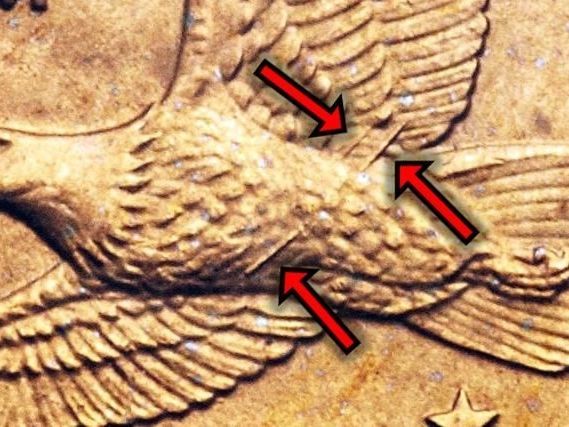
The 2000-P "Wounded Eagle" Sacagawea Dollar features three raised lines across the eagle, hence how it received its wounded nickname. There are only about 200 of these coins in existence today, and it remains unknown what exactly caused the mistake in the die. This coin can go for somewhere between $275 and $475 – just be sure that the lines in the eagle are raised and not indented, as some have been known to receive counterfeit coins with the latter.
1849 Coronet Head - $17,474,343
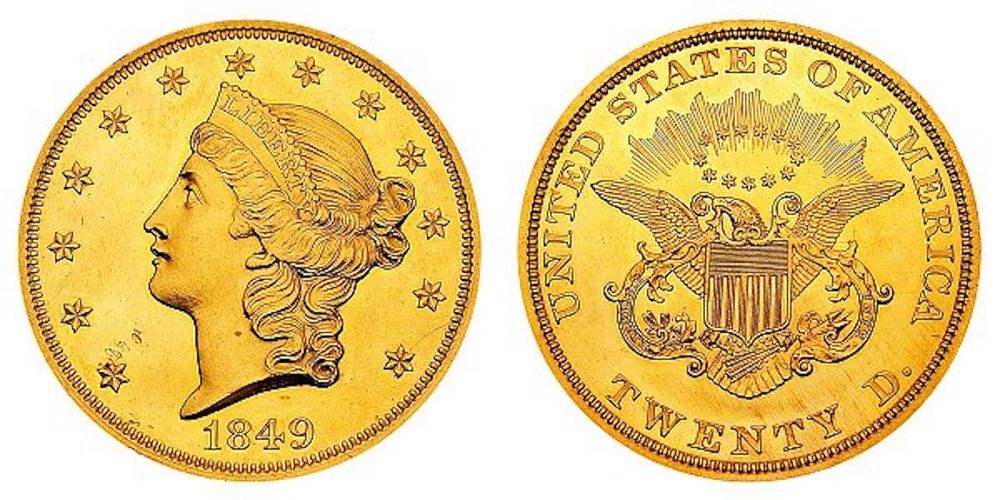
The 1849 Coronet Head is likely the rarest coin of any type ever produced in the U.S. As explained by USA Coin Bank, In 1849 the US Mint produced a pattern coin for the $20 gold coin – which would be known as the Double Eagle. This pattern coin reference is also known as Judd-117 and Pollock-132. The creation of the $20 double eagle denomination was a direct result of the California Gold Rush. The particular coin above now resides in the National Numismatic Collection at the Smithsonian Institute. Some experts estimate that if this coin went up for sale at private auction – it would be worth between $10 million and $20 million – making it the most valuable coin ever.'
1873 Seated Liberty Quarters - $105,000
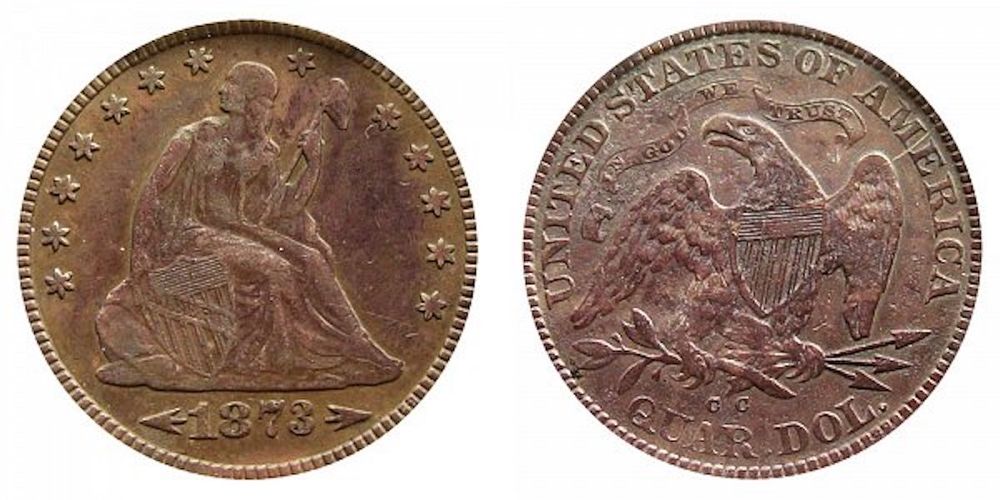
The 1873 Seated Liberty Quarters could be worth north of $100,000 if you have the right version. namely one which has arrows surrounding the date on the front side. Talk about a return on investment…
1933 Saint Gaudens Gold $20 Double Eagle - $8.6 Million

At the height of the Great Depression, President Franklin D. Roosevelt outlawed circulation and private possession of US gold coins as legal tender. The problem? The 1933 double eagle gold coins were already struck, however since gold coins were no longer legal tender, most were melted down. Two of the coins were purposely saved by the US Mint and given to the US National Numismatic Collection at the Smithsonian Institute, and approximately 20 were stolen from the mint before destruction. An uncirculated version in good condition is thought ti go for someone between $8.5 and $9 million.
1870 Indian Princess Head Gold $3 - $6.6 Million
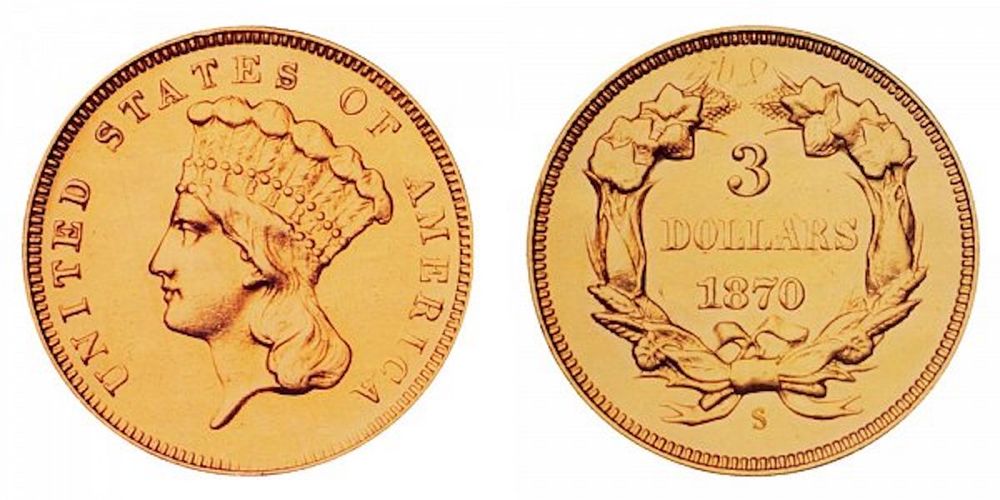
The 1870 Indian Princess Head Gold $3 might be the rarest coin on our list, in the sense that only one is supposed to exist. The one-time coin was produced to be laid within the cornerstone of the then under-construction San Francisco Mint. However in 1910, a coin hit the open market, though there’s some debate as to whether this was a second coin or the coin was supposed to part of the cornerstone and wasn’t there for some unknown reason. Either way, the coin – which is currently in a private collection – is worth approximately $6.6 million.
1804 Turban Head Gold $10 Eagle - $4.4 Million
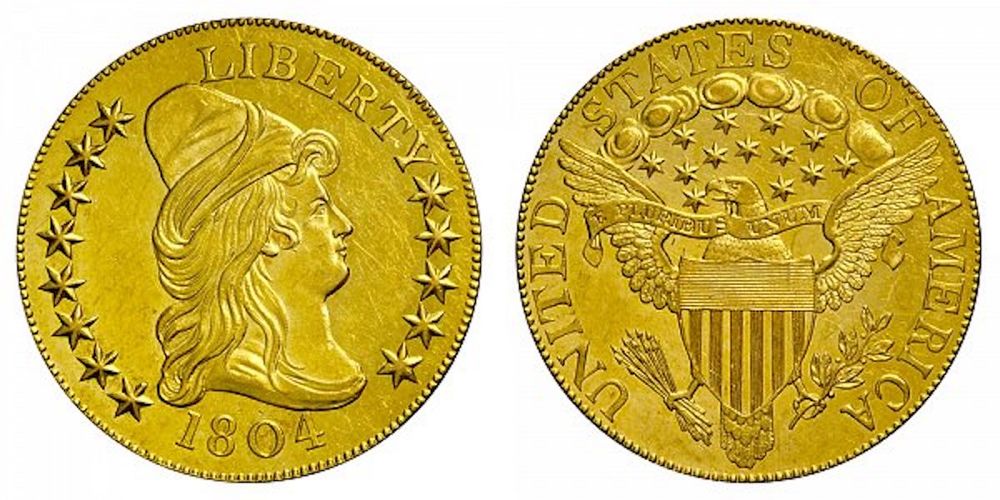
1804 saw tee versions of the $10 Gold Turban Head Eagle minted. The more common versions features a 'Crosslet 4' in the 1804 date. The much rarer – and pictured above – version is the 'Plain 4' without the crosslet at the right side of the '4' – which is exceptionally hard to fine.
1793 'Flowing Hair' Large Cents - $1.5 Million

The oldest coin on our list comes all the way from 1793. The rarest and most expensive variant of the 1793 Flowing Hair Large Cents features 'the word 'AMERICA' in the legend on the reverse and does not have periods after the word 'LIBERTY' and the date '1793.'
1849 Open Wreath Liberty Head Gold Dollars - $1.3 Million

The 1849 mint-run of Liberty Head Gold Dollars features one incredibly rare variant- an 'open wreath' version (pictured above) as opposed to the more common one which sees the wreath closed. A version of the closed wreath version in immaculate condition can fetch over $1 million.
1879 Stella Gold $4 - $750,000
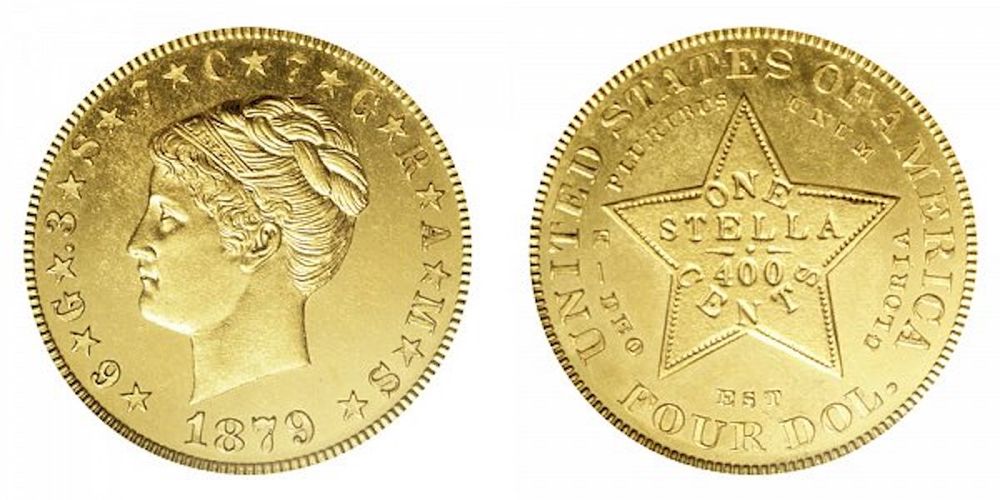
The rarest, and most valuable, variant of the 1879 Stella Gold features coiled hair as opposed to the more common flowing hair version. That little stylistic change makes a big financial difference in its value.
1801 Draped Bust Dollars 1858 Restrike - $1.4 Million

In the late 1850s, the U.S. Mint began restricting several older coins for the burgeoning collector market. The new version was restruck using the first die from the 1804 coin. Between 3 to 6 of these coins are estimated to exist, which makes them exceptionally valuable.
1873 Seated Liberty Dimes - $1.4 Million

What makes this variant of the 1873 Seated Liberty Dime so expensive? It’s not about something it has, but rather something it lacks- arrows. Namely, there are no arrows surrounded the year, a rare variant for this coin, and one that puts uncirculated coins into the well-above $1 million range.
1838 Capped Bust Half Dollar - $490,000
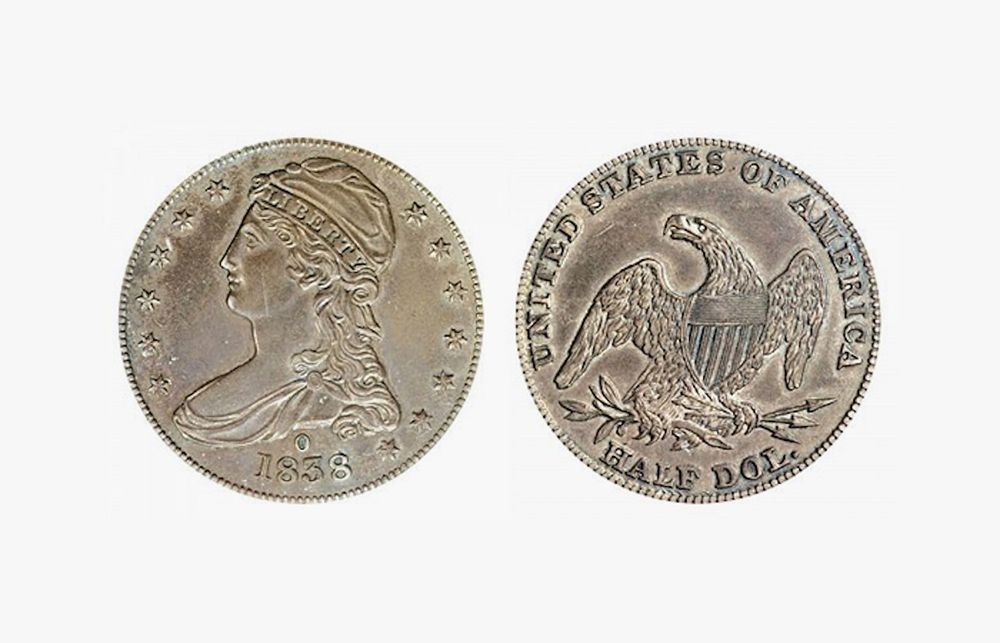
In 1838, the the New Orleans Mint became one of the first places in the country to strike silver coins. According to legend, only 20 coins were originally struck in the initial batch. Furthermore, only nine examples are believed to have survived to present day, making this coin extremely rare and in-turn exceptionally valuable.
1955 Doubled Die Penny - $1800
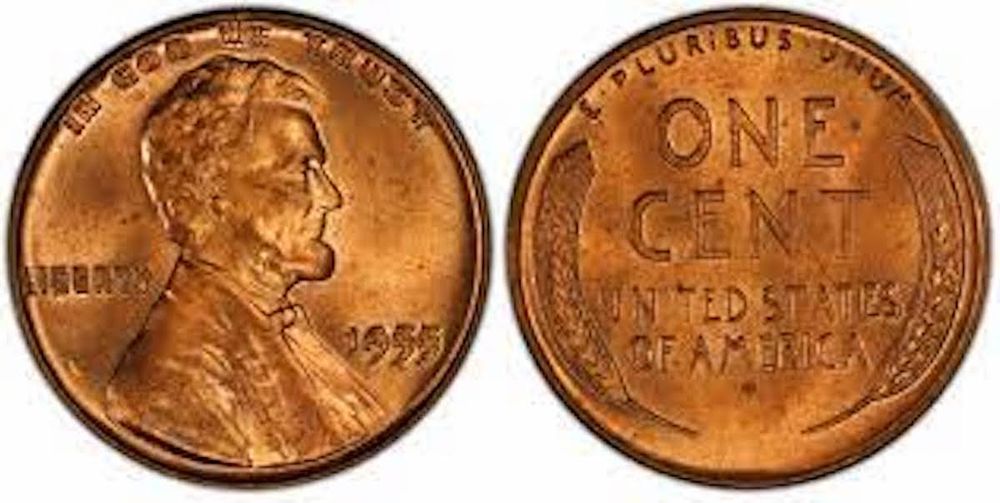
This 1955 penny fell victim to a misalignment in the printing process, leading to approximately 20,000 'double died' coins – the image of Lincoln remains largely unaffected, with the majority of the doubling occurring on the numbers and letters featured on the coin – entering circulation. A good condition specimen is worth nearly $2000, which granted is cheaper than some of the other coins on our list, but still a huge amount for a single penny.
1922 Plain D Lincoln Cent - $500
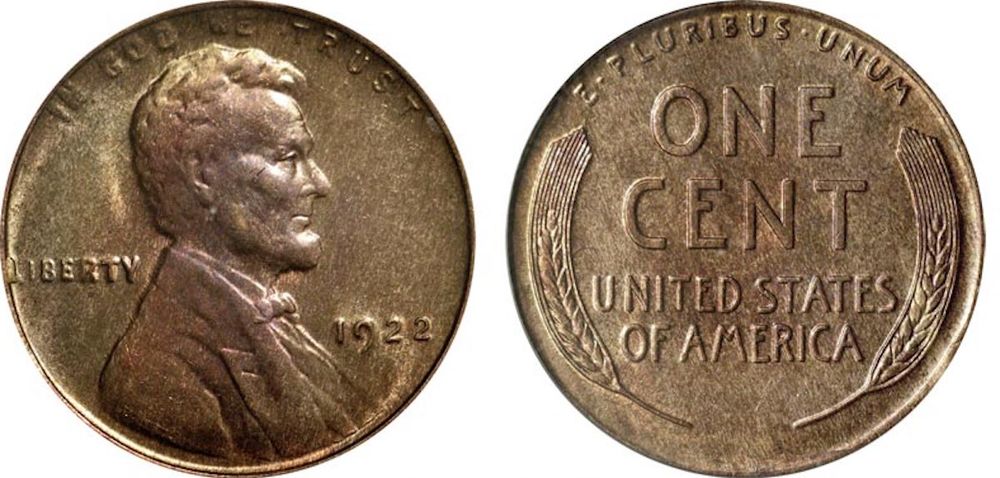
In 1922 the Denver mint struck pennies using heavily worn dies, resulting in , many of the Lincoln cents exhibiting dull features including a 'weak D' mintmark and other missing design elements.. These errors are known as 'Plain' or 'No D' Lincoln cents, and even those in bad condition are worth over $500 each.
1937 3-Legged Buffalo Nickel - $2500

According to GainsvilleCoins.com, 'In 1937, the second-to-last year of the series, the mint employee who operated the coin presses at the Denver Mint tried to smooth down some scuffs on the nickel’s reverse die. He unintentionally smoothed away one of the buffalo’s legs in the process' which led to the error of 3-legged buffalo coins entering circulation. A pristine version will run approximately $2,500.
1942 Mercury Dime - $400 - $1400

Error variants of the 1942 Mercury Dime have come to be known as '42 Over 41' dimes. Why? Well, versions of the coin from both the Philadelphia and Colorado mints saw the final digit of the previous year not removed from the printing process, which in-turn makes the number 1 visible beneath the number on the coin’s date. These error dimes fluctuate in value depending on the overall condition of the coin.
Quick Links
